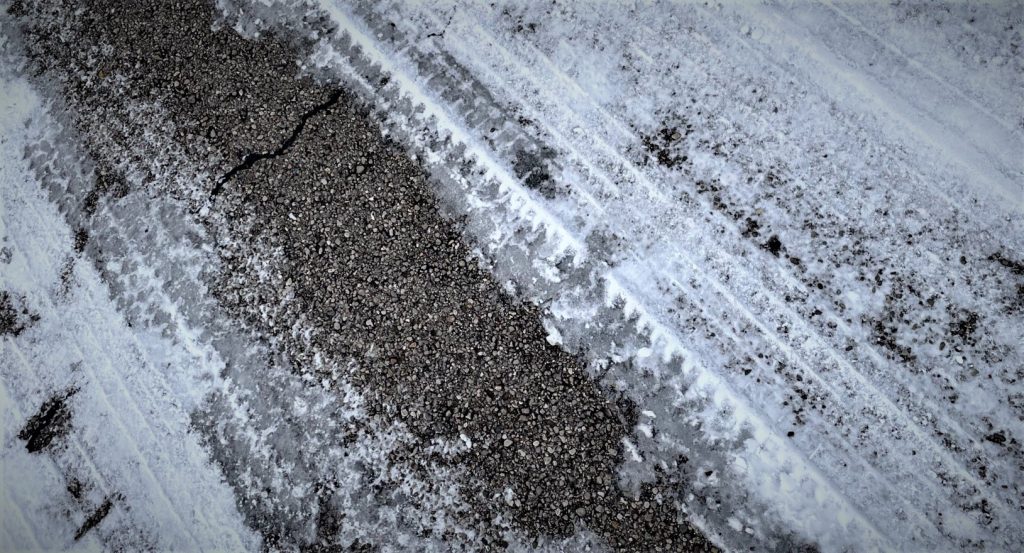Generally speaking, we like to go fast.
But sometimes the weather demands that we slow down. Those of us who suffer through winter in the North know this all too well, but folks in the South aren’t necessarily used to driving in the snow. We’ve put together a list of winter driving tips for our Southern friends, but it’s a good refresher for us Yankees, too.
Think of it as an (avoid a) crash course in winter driving. See what we did there?
Limit Your Speed
We know it’s counter-intuitive for most gearhead-types, but excessive speed is especially bad in snowy or icy driving conditions. By some accounts, it can take four to 10 seconds longer to stop on ice or snow. By slowing down, you’ll avoid rear-ending the driver in front of you and also have to time correct your vehicle should you lose control.
Slow Before Turning
Accelerating or braking in mid-turn is fine in good weather, but you’ll want to separate braking, turning, and accelerating into three distinct acts on snowy roads. It goes like this:
- Gently apply the brakes as you approach a curve.
- Take your foot of the brake and coast through the turn.
- Begin slowly accelerating after you’ve straightened the wheel and exited the turn.
Keep it Smooth
Don’t drive all herky-jerky.
That’s good advice any time, and especially on slippery roads. Sudden stops, quick accelerations, and abrupt steering wheel movement can cause your tires to lose grip quickly. It’s best to drive like you’ve got a cup of coffee on your dashboard.
Never Panic—No Matter What
Even if you start to slide, keep a cool head. Here are some tips that’ll help you correct your slide:
- Look where you want to go and steer your vehicle that way.
- Do not mash the brakes or gas as this can create sudden, uncontrolled movements.
- If the vehicle oversteers (the back end swings out), accelerate lightly in order to transfer weight to the rear and increase traction.
- If the car understeers (slides forward without turning), straightening the steering wheel and gently touching the brakes can shift more weight over the front wheels and help them regain traction.
Understand Your Vehicle’s Abilities
Get familiar with your vehicle, because things like weight distribution, suspension, and drivetrain setup will affect how it reacts to poor driving conditions.
Don’t Be Overly Dependent on Tech
Anti-lock brakes and traction control can help in bad weather; however, these technologies are basically powerless once your tires have lost their grip. Try avoiding a bad situation altogether by following the tips above.
Keep Your Vehicle Maintained
If you’re in the South, chances are you’re using all-season tires. You’ll need to keep these tires properly maintained for maximum traction by monitoring tread depth and tire pressure. Other areas to maintain include your wipers, battery, and others. See our winter driving maintenance checklist here.


[…] check your tire pressure. If it is too low, you will not get optimum performance from your vehicle. Don’t wait until […]